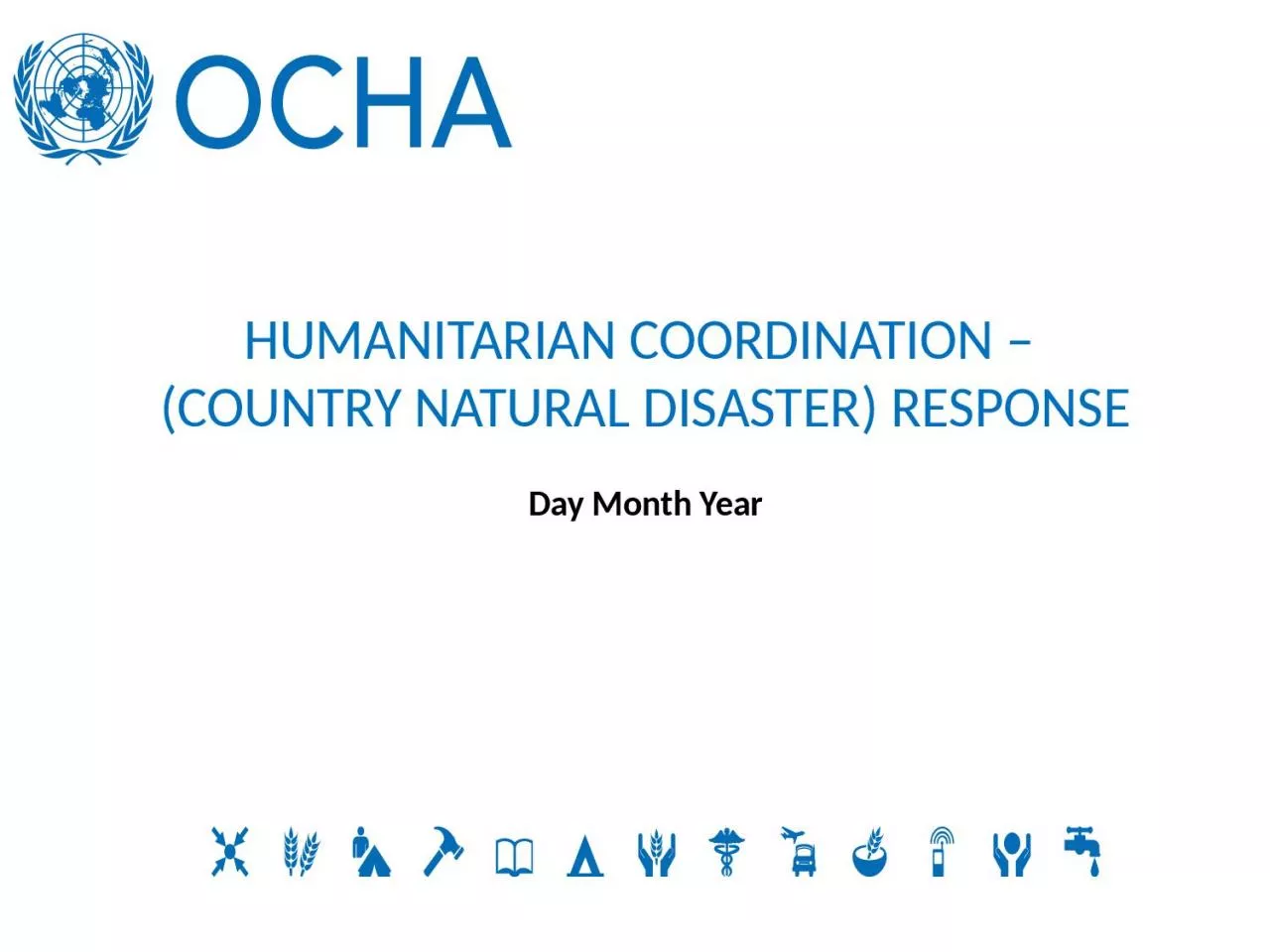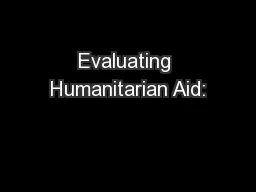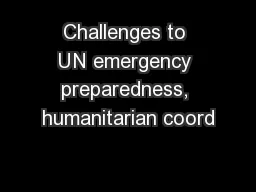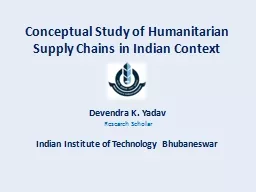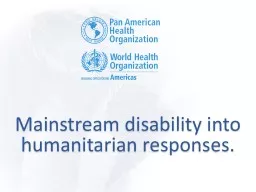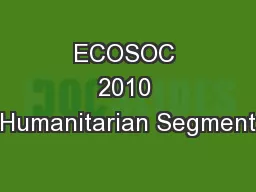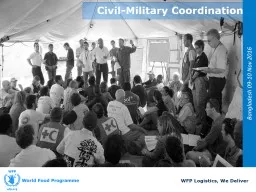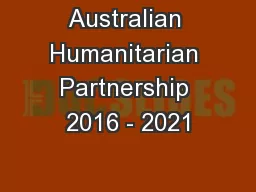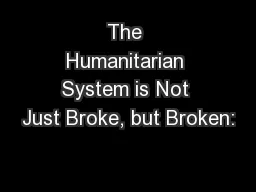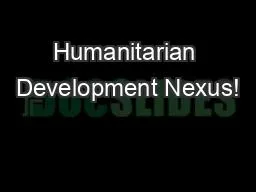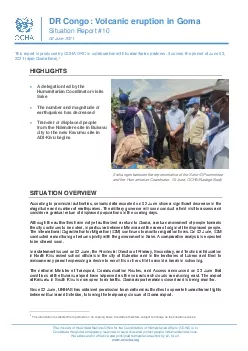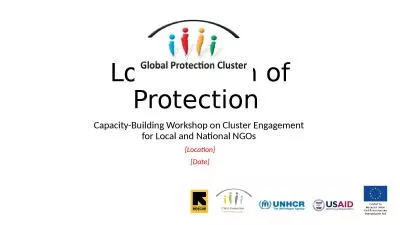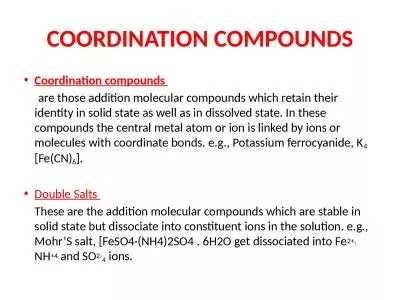PPT-Humanitarian Coordination –
Author : sylvia | Published Date : 2024-02-02
COUNTRY NATURAL DISASTER Response Day Month Year Humanitarian Coordination at CountryLevel COUNTRY NATURAL DISASTER RESPONSE Inter Cluster Working Group Clusters
Presentation Embed Code
Download Presentation
Download Presentation The PPT/PDF document "Humanitarian Coordination –" is the property of its rightful owner. Permission is granted to download and print the materials on this website for personal, non-commercial use only, and to display it on your personal computer provided you do not modify the materials and that you retain all copyright notices contained in the materials. By downloading content from our website, you accept the terms of this agreement.
Humanitarian Coordination –: Transcript
Download Rules Of Document
"Humanitarian Coordination –"The content belongs to its owner. You may download and print it for personal use, without modification, and keep all copyright notices. By downloading, you agree to these terms.
Related Documents

